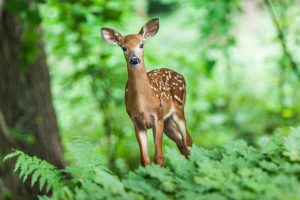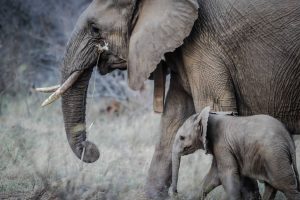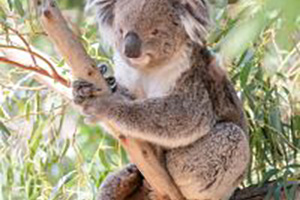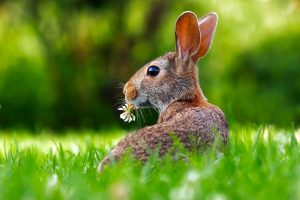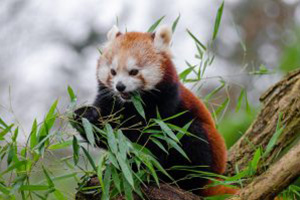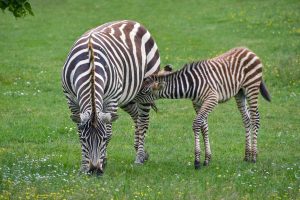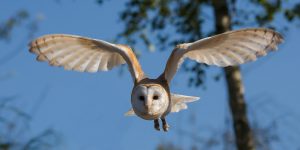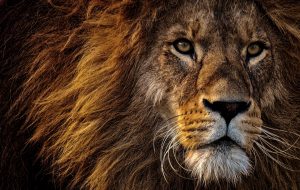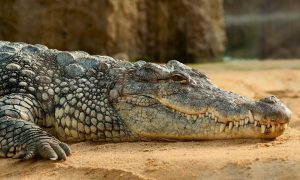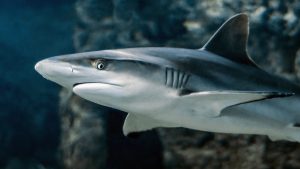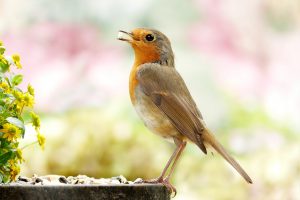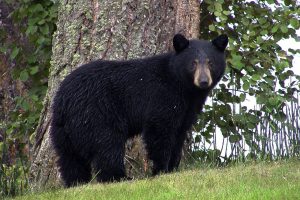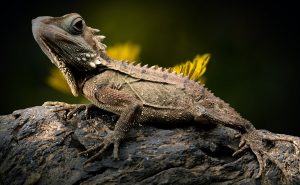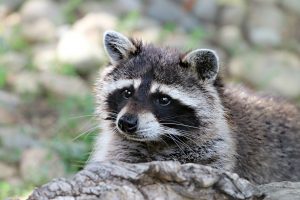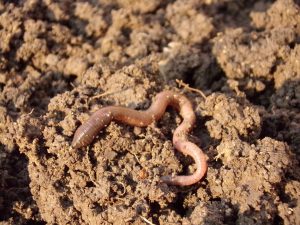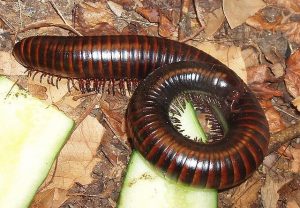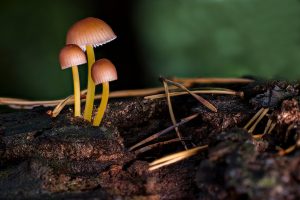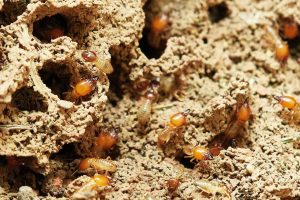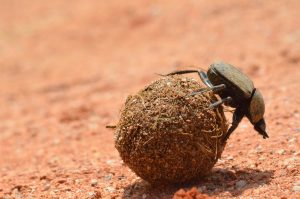Oxbow At Home Hungry Hungry Herbivore

Objectives
Standards
Georgia Standards:
Second Grade
- S2E3. Obtain, evaluate, and communicate information about how weather, plants, animals, and humans cause changes to the environment.
Fourth Grade
- S4L1. Obtain, evaluate, and communicate information about the roles of organisms and
the flow of energy within an ecosystem
- a. Develop a model to describe the roles of producers, consumers, and decomposers in a community.
- b. Develop simple models to illustrate the flow of energy through a food web/food chain beginning with sunlight and including producers, consumers, and decomposers.
- c. Design a scenario to demonstrate the effect of a change on an ecosystem.
The Need to Feed
Producer
Producer: make their own energy, usually converting energy from the sun
Photosynthesis
Photosynthesis – Photo “light” and synthesis “to make”
All animals are consumers – but different animals eat different things and are considered
different types of eaters. All animals rely on plants in some way, whether they eat
them directly themselves or they eat an animal that ate plants somewhere along the
food chain. Let’s look a little more into different types of eaters and how they eat
their food! Each and every animal is connected in their ecosystem through their influence
in the food web.
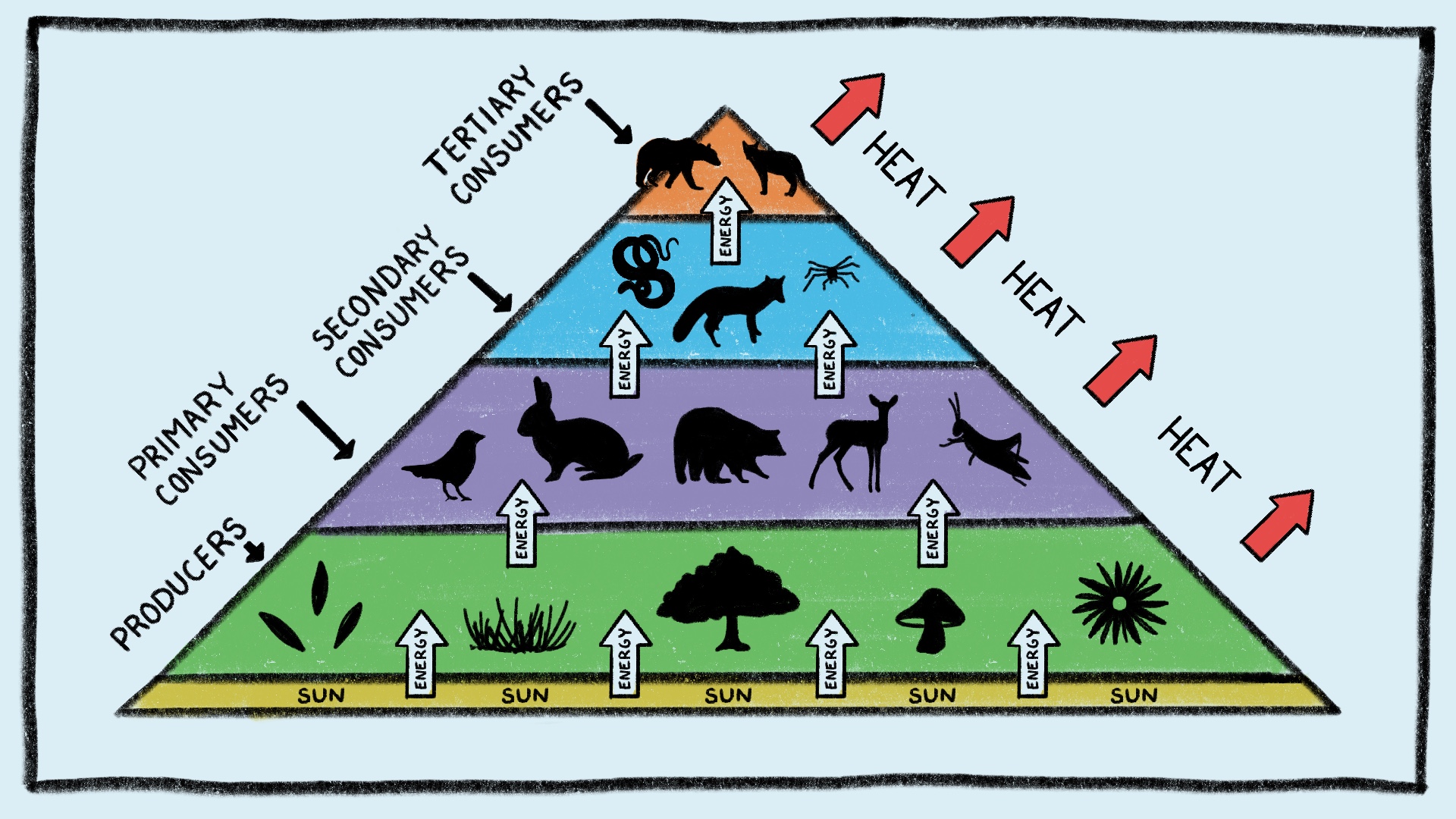
Let’s look closer into each of these different types of “vores,” or eaters from the pyramid here to see where they get their energy from.
Salad Toppers
Herbivores: an animal that eats only plants
These animals are also known as primary consumers, since they primarily consume, or eat, plants. This will be important to remember as we continue the links up the food chain!
Where Does the Energy Flow?
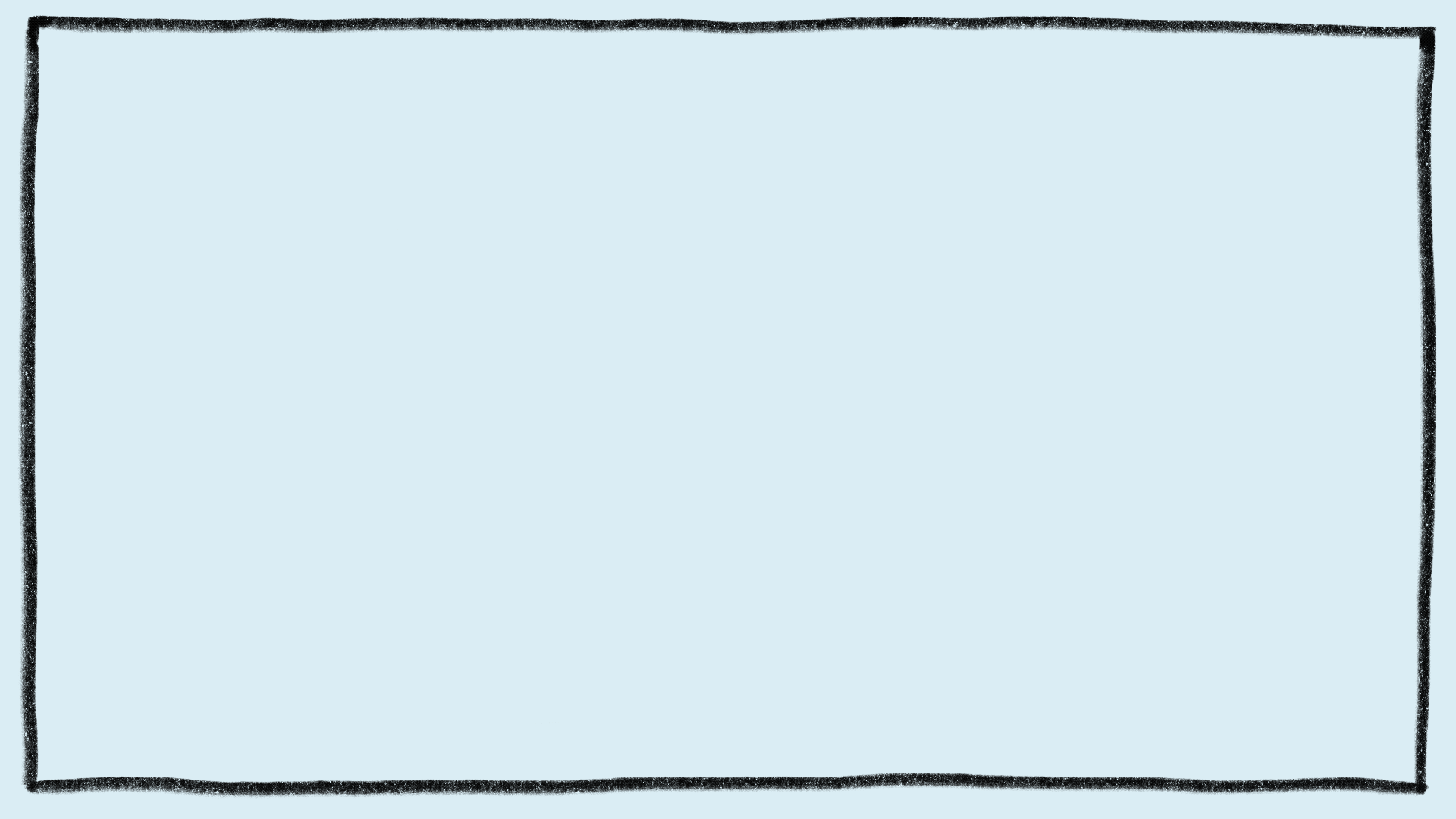
Energy flows FROM the producer TO the consumer
What are five animals that you saw in the video that only eat plants?
How could the number of producers (plants) available affect the survival of an herbivore, or primary consumer?
I’d make a veggie joke.
But no one would carrot all.
Meet the Meat-Eaters
Carnivores: an animal that eats only meat, or other prey animals
These animals may be secondary or tertiary consumers because they eat prey. A secondary consumer eats both primary producers and primary consumers. A tertiary consumer consumes secondary consumers, and they are often considered apex predators. All carnivores are predators and would never directly eat a primary producer, though, since secondary and tertiary consumers eat strictly meat. Tertiary consumers will only get their energy from other carnivores like some secondary consumers, which got their energy from primary consumers, which in turn got their energy from a producer, which originally got its energy from the sun through photosynthesis. Do you see how everything is connecting back to each other? Even things that are not directly connected to each other are influenced by one another in an ecosystem.
Where Does the Energy Flow?
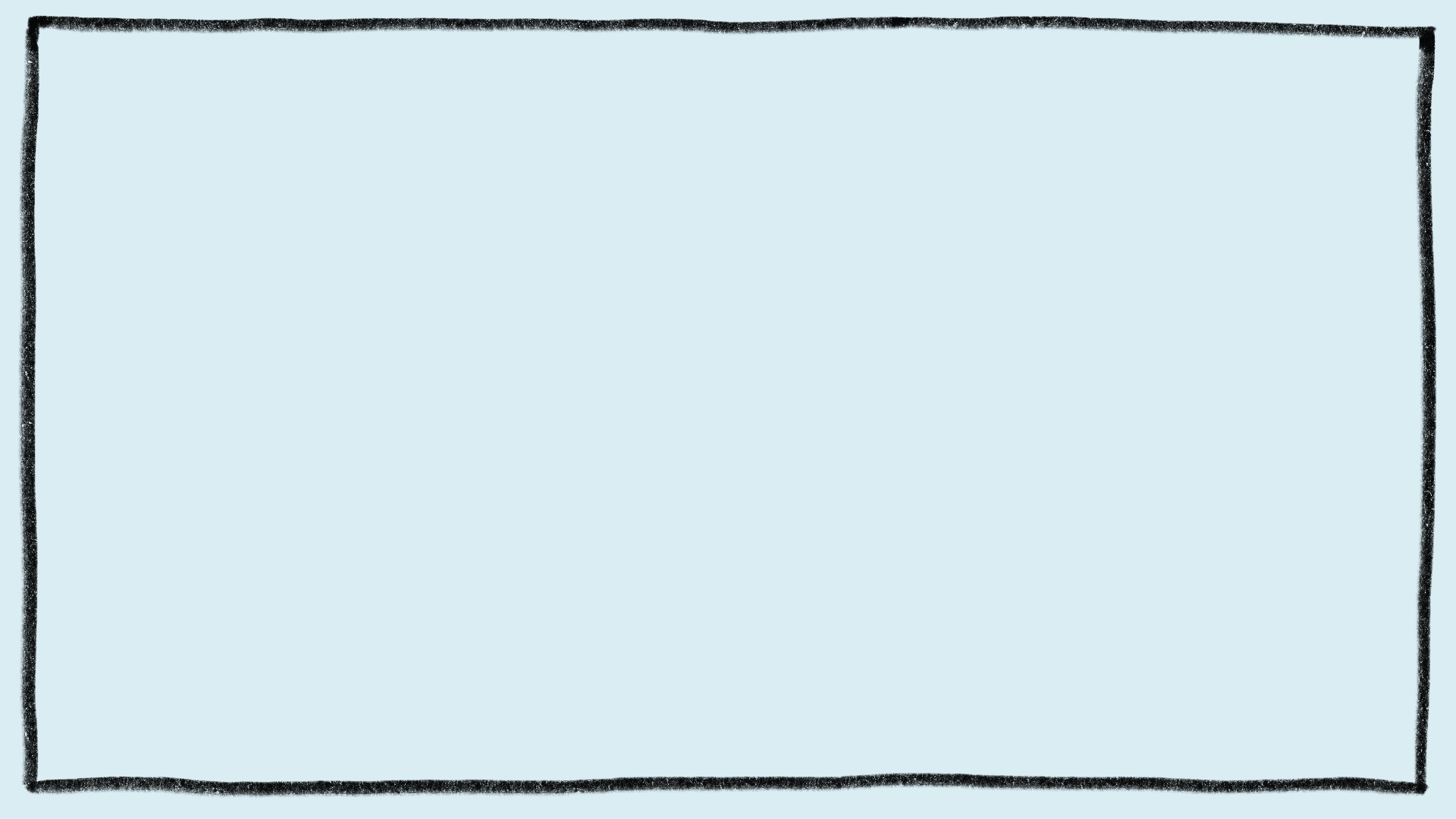
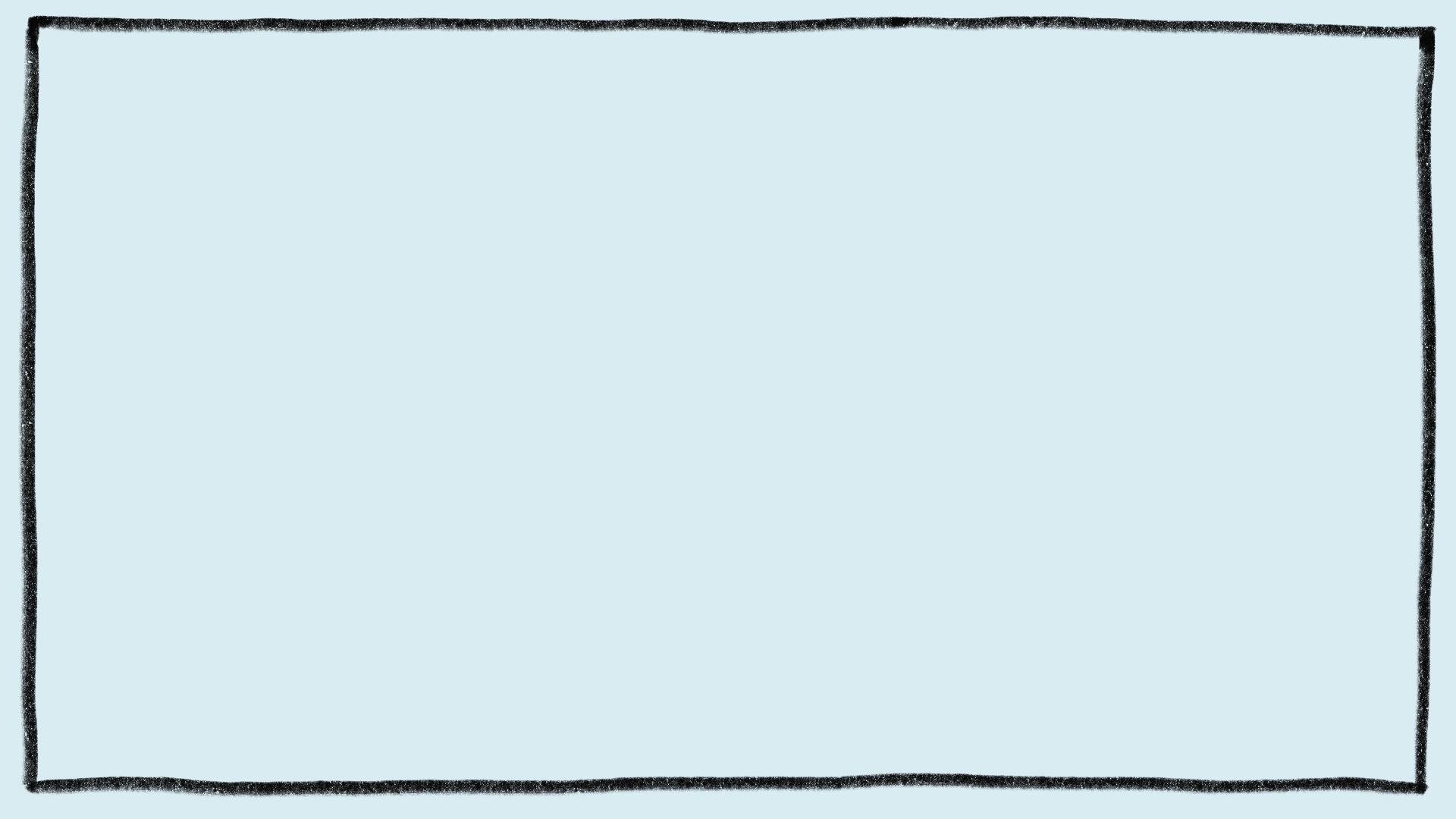
Energy flows FROM Primary TO Secondary Consumer
What is one hunting method or strategy that an animals uses to catch its food?
Which animal is the predator and which is the prey in each scenario?
Are any of these animals both a predator and a prey animal?
What is an alligator’s favorite drink?
Gatorade.
Grazers with Grinders
The shape of an animal’s mouth and/or teeth help them eat different types of foods. Animals with sharp teeth can tear and bite flesh to eat meat and other animals. Some animals with beaks may be able to crack hard nuts or seeds. Animals with teeth that grind are better suited to eat leafy plants that they can shred moving their jaws back and forth. Look at these two different skulls to compare their teeth shape and how they would help them eat.
How are the teeth of this herbivore shaped? How can this shape help them eat their food?
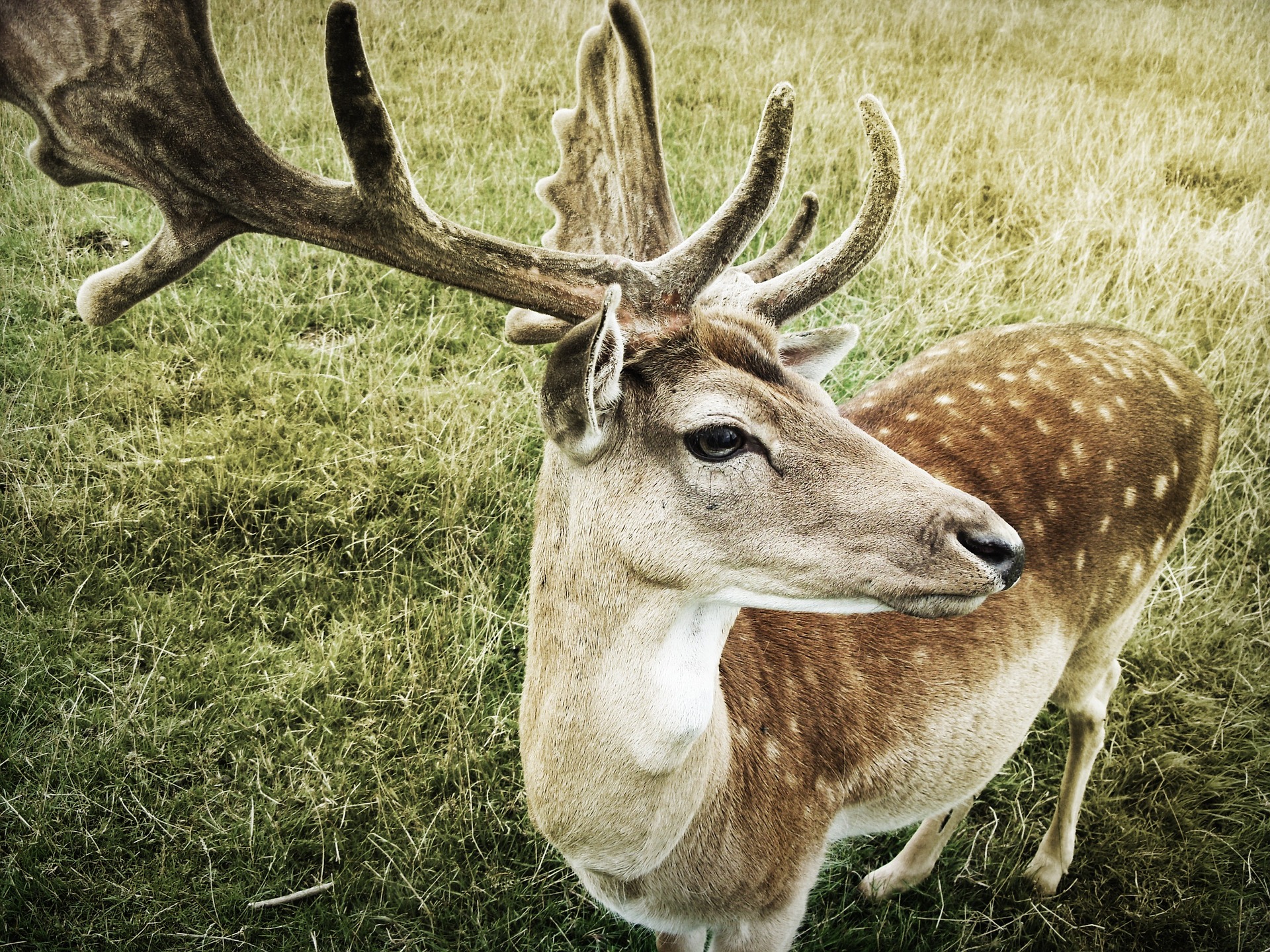
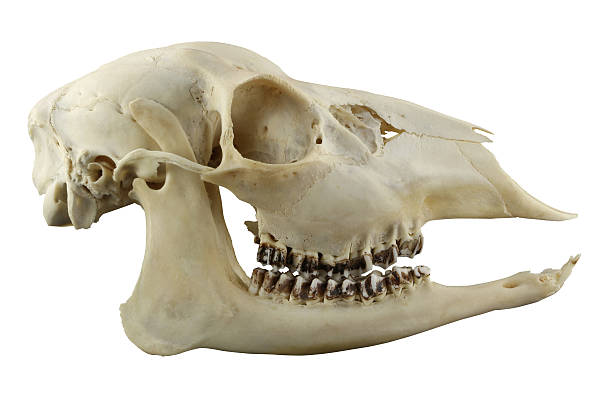
How are the teeth of this carnivore shaped? How does this shape help them eat their food?

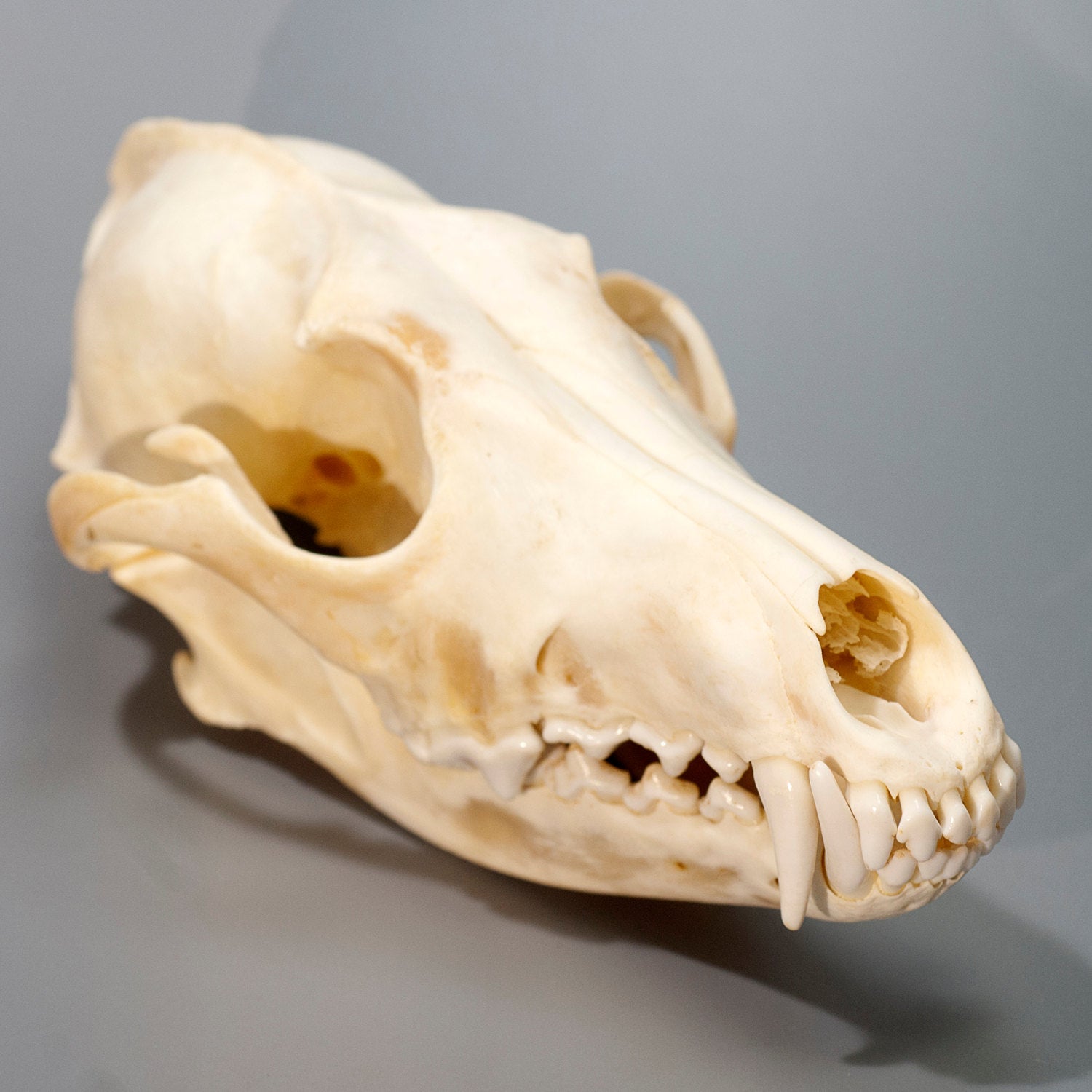
A Little of This, and a Little of That
Omnivore: a secondary consumer that eats both plants and animals
These animals are also known as secondary consumers, since they eat both primary producers and primary consumers. The energy flows from the sun to the primary producer, which is transferred to the primary consumer when that herbivore eats the plant, and then when the secondary consumer, or omnivore, eats the primary consumer, that energy transfers to that animal all the way up the trophic levels of the food chain.
Where Does the Energy Flow?
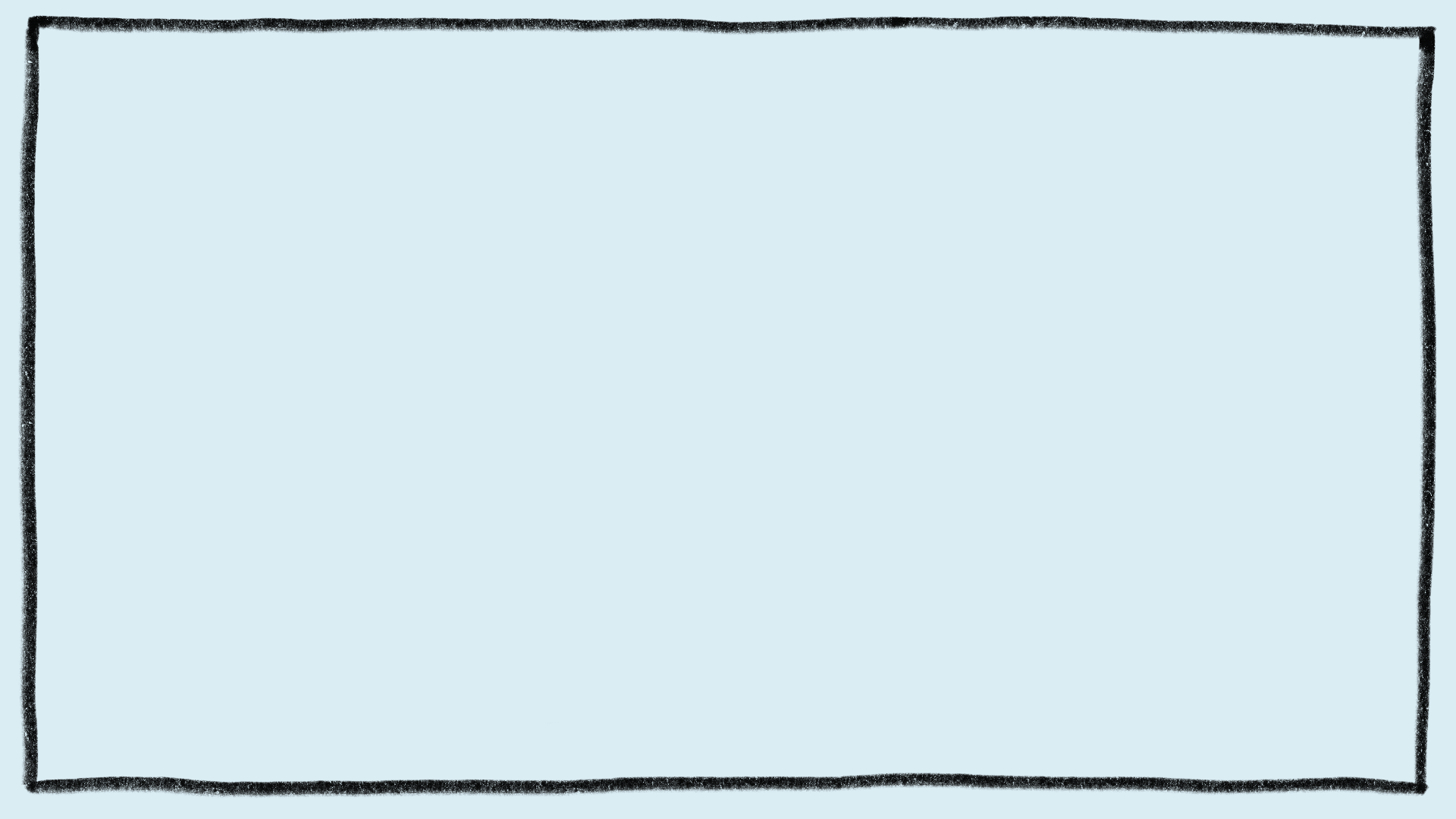
Energy flows FROM Primary Consumer TO Secondary Consumer
What is the majority of a brown bear’s meal?
How far will a black bear travel for food?
What adaptations, or body parts, does a brown bear use to help it eat its food?
How much food can a brown bear eat daily?
What is the majority of a brown bear’s meal?
How far will a black bear travel for food?
What adaptations, or body parts, does a brown bear use to help it eat its food?
How much food can a brown bear eat daily?
What is one predator of a meerkat?
What are two of their prey?
An omnivore also eats plants, if you remember.
What plants do you think a meerkat might eat?
Eat Your Veggies and your...bugs?
Garbage Disposals
Decomposers: consume dead plant and animal matter and release nutrients into the soil for producers.
Decomposers break down the old, dead or decaying matter from plants and animals that are no longer living. Decomposers include organisms like earthworms, termites, cockroaches, dung beetles, and mushrooms or fungi. Decomposers will consume, or eat, the decaying matter and in turn recycle the nutrients from that organic matter back into the soil. Think of decomposers as a garbage disposal, grinding up all that waste and recycling it. When the nutrients are recycled back into the soil, they are then available for plants to absorb and grow – to begin the cycle again! Decomposers are very important for producers, likes trees and other plants.
What would happen if garbage was no longer disposed of in your community?
Write a story about what our environment would be like without decomposers.
What does it look like?
What are some of the effects on other organisms?
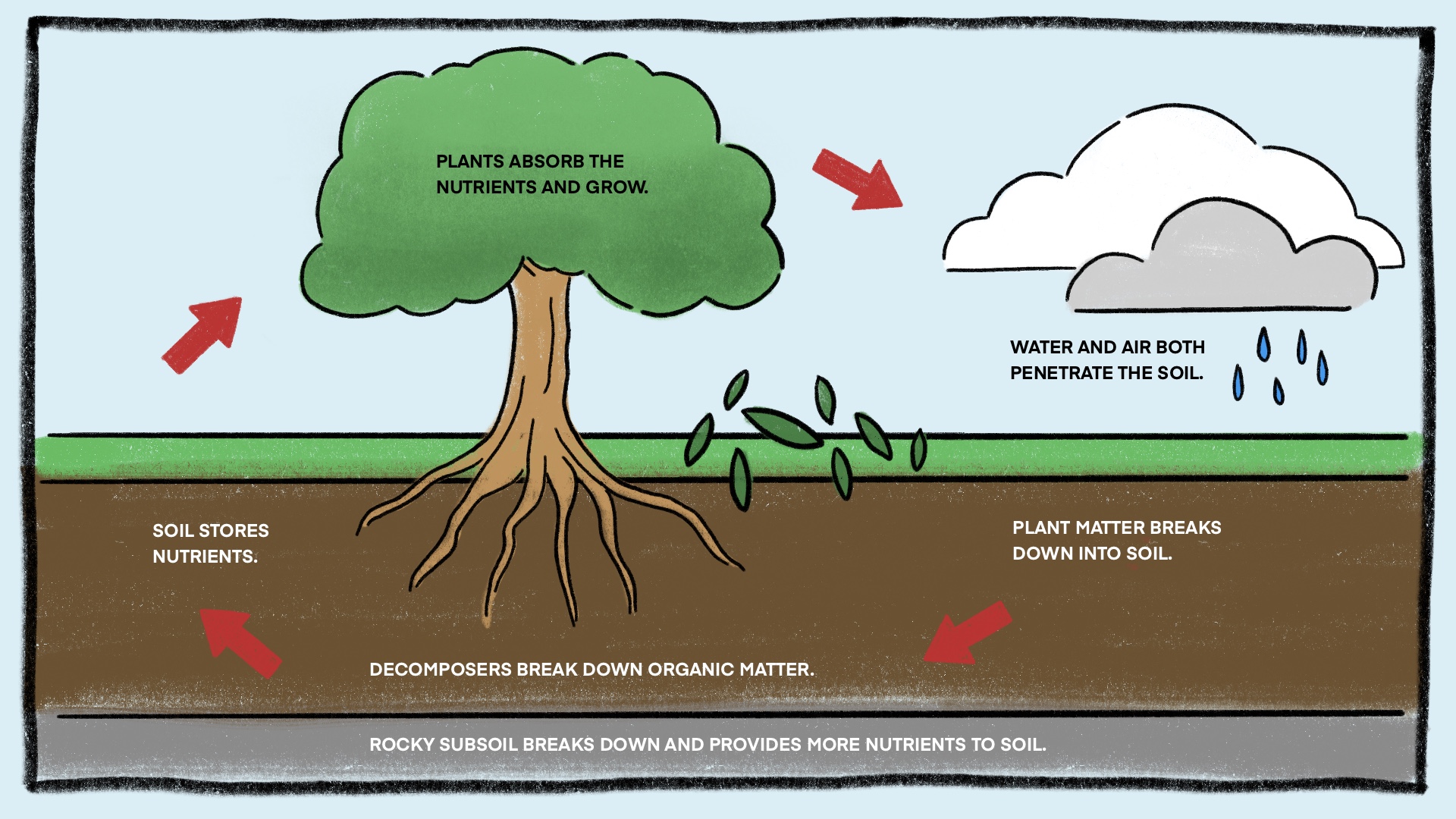
It's All About Balance
Let’s put it all together, now. Plants make their energy from the sun. Then, herbivores eat plants for their energy, which is why they are primary consumers. Omnivores are secondary consumers because they eat plants and meat to make their energy. A carnivore is an animal that only eats meat, and sometimes even other carnivores. A carnivore that eats an animal that is a secondary consumer (that eats other meat) is then a tertiary consumer. At the end of an animal and plants’ life, the nutrients from their bodies get recycled back into the soil for primary consumers, or plants – and the cycle begins again!
What is a Food Chain?
We now know that plants rely on the sun for survival and that animals rely on plants and other animals for their energy. Relying on someone or something means that you are connected. It means that like on the kite of a string, if the string moves the kite will too. So, what does this mean for the producers, herbivores, omnivores, carnivores, and decomposers that we learned about? It means that if one animal, like deer, ate all of the plants in an area there would then be no more plants for the rabbits and other animals in that area that rely on consuming plants as their energy source. Then if rabbits were unable to survive because they could not find enough food, coyotes and snakes may then not have enough rabbits to eat and produce the energy they need for survival. Let’s learn about what an ecosystem is and how balance is important for the survival of all interconnected organisms.
Ecosystem: all the living and non-living things in a specific area
- What are some examples of living things in an ecosystem?
- What are some examples of non-living things?
- What may happen if rabbits ate too many plants?
- What are somethings that can change the balance of an ecosystem?
- What are a few things that you can do to help your ecosystem?
Let’s review what we learned with a fun song!
Review and Reflection
Just like when you knock over one domino and the entire line of dominoes topples over, nature is interconnected together. There is a balance of nature that must be maintained for the survival of the living things within that environment. Plants rely on nutrients in the soil and energy from the sun to survive. Animals are all consumers, since they eat other things for their survival. Different animals eat different things, though, and some are pickier than others. Herbivores eat only plants, while carnivores eat only meat. Omnivores will eat plants or animals, and decomposers eat what other animals consider waste – including poop! All of these “eaters” are connected to each other through the food chain within their ecosystem.
